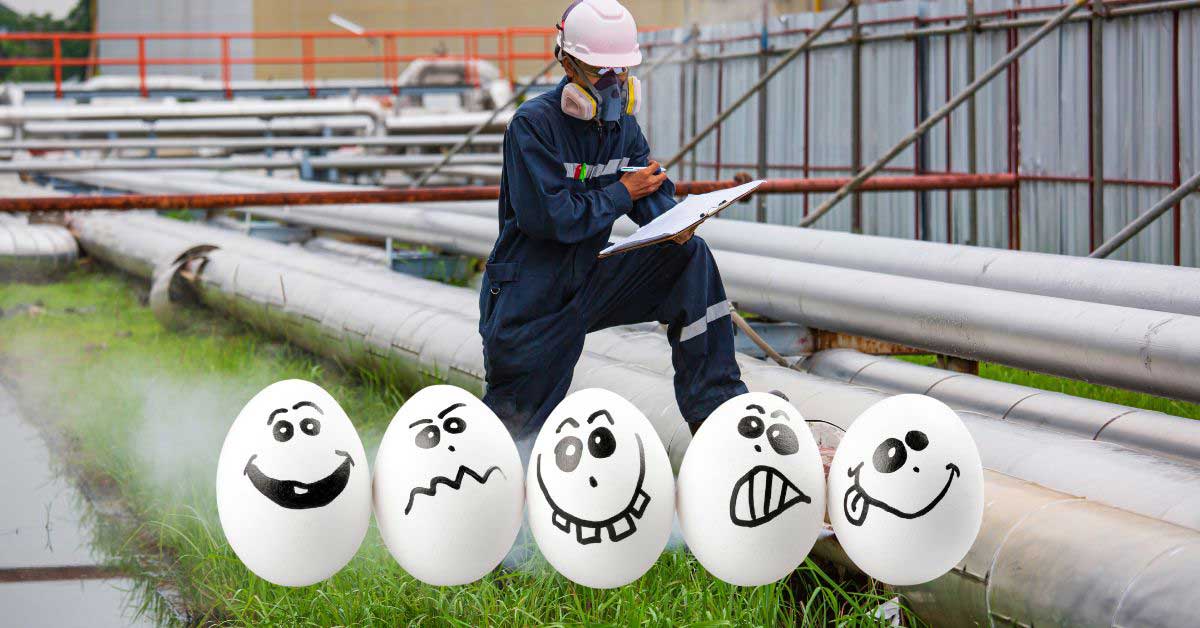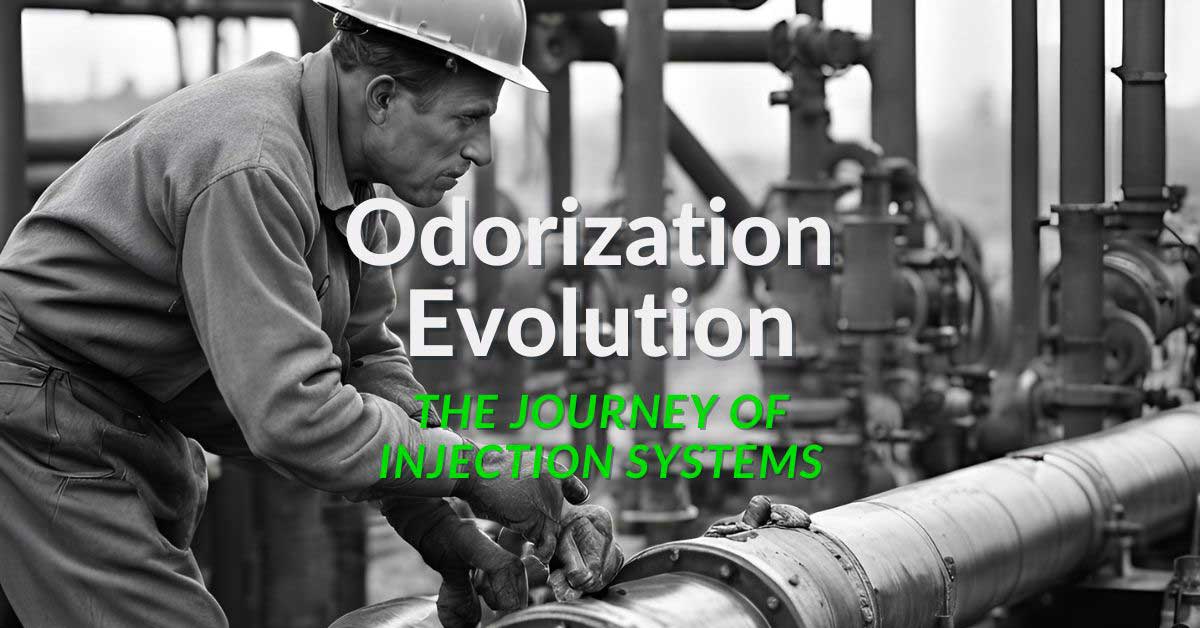Q. What are mercaptan?
A. Mercaptans, or thiols, are a group of organosulfur compounds commonly used as odorants in natural gas. The most widely used mercaptan for gas odorization is tertiary-butyl mercaptan (TBM).
Q. What are the safe exposure levels for mercaptans?
A. The safe exposure level for mercaptans can vary depending on the specific compound and exposure duration. Generally, safety thresholds are measured in parts per million (ppm) and are often categorized into short-term exposure limits (STEL) and time-weighted average (TWA) exposure limits.
For tertiary-butyl mercaptan (TBM), which is commonly used in gas odorization:
- The recommended exposure limit (REL) set by the National Institute for Occupational Safety and Health (NIOSH) is 0.5 ppm (1.5 mg/m³) as a 10-hour TWA.
- The Occupational Safety and Health Administration (OSHA) has set the permissible exposure limit (PEL) at 10 ppm (30 mg/m³) as an 8-hour TWA.
- The American Conference of Governmental Industrial Hygienists (ACGIH) recommends a threshold limit value (TLV) of 0.5 ppm as an 8-hour TWA.
It’s important to note that these levels are for occupational exposure in healthy adults. The general public, susceptible groups like children, older people, or those with respiratory conditions, may require lower exposure limits.
Q. Can acute exposure to mercaptans cause illness?
A. Acute exposure to high concentrations of mercaptans can cause headaches, nausea, dizziness, and, in severe cases, loss of consciousness. Chronic exposure to lower levels over extended periods may also have health impacts.
Q. Does it make sense to put it in natural gas?
A. The odor threshold for mercaptans is typically much lower than the safety threshold. For instance, TBM can be detected by smell at concentrations as low as 0.00029 ppm, which is well below the safety limits mentioned.
According to experts, Mercaptan is not harmful at the levels typically employed to odorize natural gas. Indeed, it is safer to have gas odorized at these levels than to have odorless, colorless, and virtually undetectable combustible gases transported through our distribution pipelines.
Q. When handling mercaptans, what safety measures should be employed?
A. For precise safety information and handling procedures, it’s always best to refer to the specific Safety Data Sheet (SDS) for the mercaptan compound (there are many mercaptans) and consult with industrial hygiene professionals or regulatory bodies.
Remember, when it comes to chemical safety, it’s always better to err on the side of caution and minimize exposure as much as possible, regardless of the established limits.
Q. How can operators remove mercaptan odor to keep workers safe?
A. When working with mercaptan or odorized gas, the GPL Odor eVac is crucial in removing mercaptan from the air. This not only improves the work conditions but also significantly enhances the safety of the work environment.


Dear Sir,
Good day. We, from Amalgamated Plant Engineering Sdn Bhd, would like to request for quotation of gas odorizer for our tender entitled ‘gas to Bintulu Project’.
Regardss,
Commercial Department
Hi Martha, please submit your inquiry here, https://www.gasodorizer.com/contact-us/. one of our specialists will be happy to assist you.